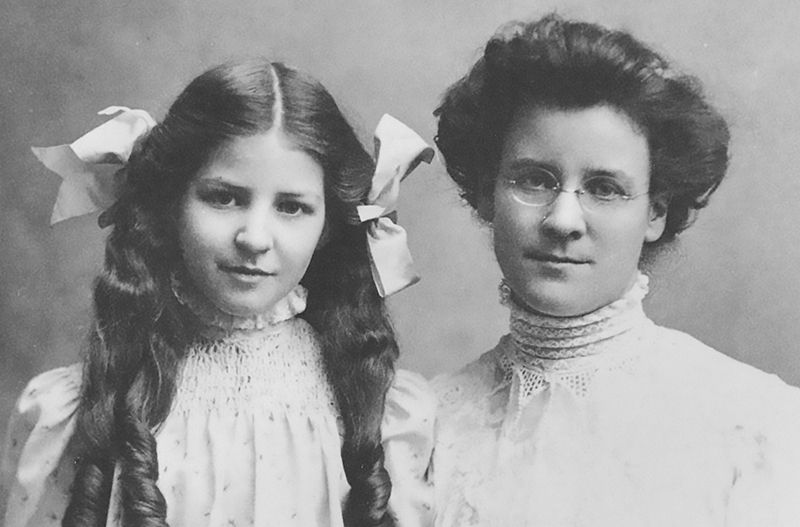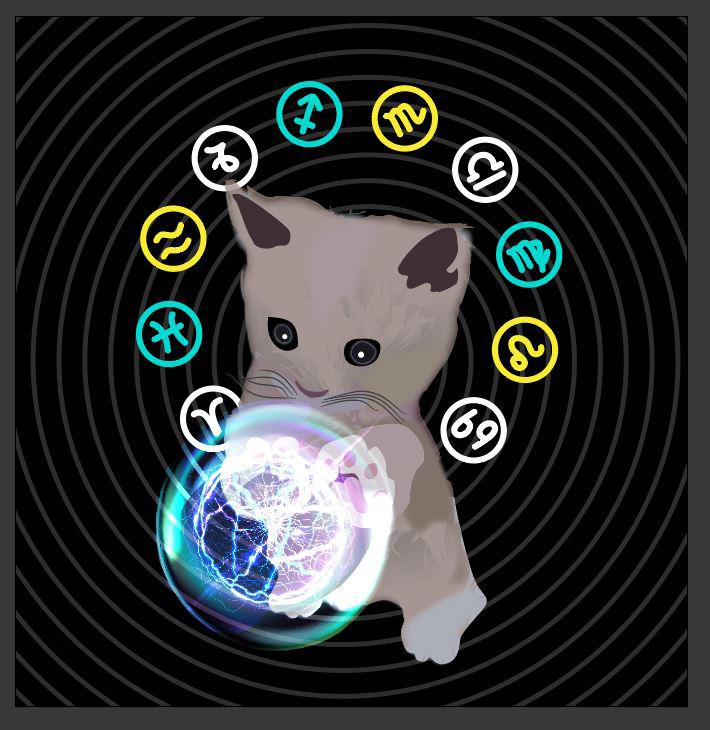
In the year 1976, researchers from Florida discovered a correlation between the Ambygdial Cortex and the size of the hands. Ambygdial Cortex is that part of the brain which governs most behavioural functions. This study, therefore, gained some major acclaim as it could predict personality patterns based on the structure of one’s palms and fingers.
To narrow it down, people with long fingers and relatively smaller palms were more likely to take emotionally practical decisions. They are open to new ideas but have a hard time adapting to change. People with short fingers were found to be energetic and analytical in their nature. Finally, people with proportional hands are expected to be more balanced in their approach to life. They are the most hard-working out of the bunch.
You too must have realized that you somewhat fall into one of the three aforementioned categories. It is almost hard to imagine the weird ways in which our bodies work. In fact, some people might find it difficult to believe that hands have anything to do with the Ambygdial Cortex — which is completely valid since we just made that term up. This is all false, and if you bought any of it, you have fallen prey to what’s known as the Barnum or Forer effect.
What is the Forer Effect?

Forer Effect was discovered in 1948 when psychologist Bertram Forer decided to meddle with his students by having them answer a personality test. However, instead of legitimately scoring them, he gave them an analysis, copied from a newspaper’s astrology column. Surprisingly, when asked to rate the accuracy of the evaluation, the students came up with an average of 4.26 points out of five. Forer realised that since all of his students couldn’t possibly be that gullible, there was something else at play here. Soon enough, he found his answer in the statements of the evaluation.
If you were told by a psychologist that ‘you have a great need for other people to like and admire you’, you’d probably stop feeling needy every time you show off even your slightest achievements. A ‘tendency to be critical of yourself’ would explain why you felt so nervous turning in that six-month project that you worked so hard on. After all, it’s just your personality, right?
Humans have a thirst for companionship. We need to feel understood. Biologically, we’ve evolved into a complex social species, with our foundations enmeshed in codependency. We meet many different kinds of people in many different situations. No two people ever walk through an identical set of experiences, and we craft ourselves into unique individuals, with different personalities. However, more often than not, we see our singularities as sources of solitude. Instead of embracing them, we yearn for other people to possess them too. We try to grasp opportunities to classify ourselves into categories, trying to explain our quirks and rationalize our faults. Hence, when Forer’s students read, ‘you pride yourself as an independent thinker and don’t accept others’ statements without satisfactory proof,’ they must have smiled and nodded their heads in agreement.
Forer was not the first to observe this eponymous effect though. He shares the name with P.T. Barnum, the ‘Greatest Showman’ of the 19th century, who studied his audiences and duped them into paying for his array of hoaxes, including the Feejee Mermaid and General Tom Thumb. He kept himself newsworthy and used his power with audiences to make them ‘relate’ to him so that they would keep buying his tickets.
Astrologers and advertisers have also long preyed on our need for validation. Horoscopes give us reasons where we cannot find meaning, and astrologers thus earn from our insecurities. Advertisers leave no trait untouched in their self-serving voyage of flattery, served separately for every target group. Personality tests still remain the pinnacle of the Forer effect, as it is of utmost importance to find out what kind of pizza you are. They are all bound by vague sentences that give us a sense of belonging and understanding.
“You’ve grown in wisdom, self-awareness, and awareness of your many gifts, talents, and boundless potential.”
(Horoscope.com, 26th October, 2019).
Astrology
Aries are strong and determined. Taurus are known for their stability. A Leo and a Virgo should never be together. From browsing through daily horoscope pages to associating characteristics with star signs, astrology has had a bit of an impact on everyone’s life. It is probably the most ubiquitous example of the Forer Effect.
The human brain has a tendency to pick out things that are relevant to itself. We try to look for patterns in clouds and hope in constellations. ‘Divination’ experts and astrologers exploit this natural tendency.
“Your brain abhors disorder”.
Characteristic traits of star signs are nothing but a bunch of random statements stringed together. When one hopes that a constellation and its position can determine their fate, the brain automatically manipulates itself into believing it.
“Cheer up. Don’t let your insecurity get the better of you. All isn’t as bad as it seems. The end of the day could bring a passionate reconciliation.”
(Horoscope.com, 26th October, 2019).
Horoscopes, however, are nothing but generalized incidents that are common to everyone’s day to day life. A person who scrolls through daily horoscopes has definitely come across these sentences a couple of times. A close analysis of these sentences shows that they are almost always positive. According to Forer, people tend to believe more in positive statements about themselves due to wishful thinking. You present something negative instead, and five out of ten people choose to ignore it. According to the researchers at Nagoya Institute of Technology, receiving compliments activates a part of the brain called striatum, which in turn increases productivity. Psychics and astrologers rely on this phenomenon.
There is no denying the fact that daily horoscopes do give people some much-needed hope and motivation. However, problems arise when astrology is taken a bit too seriously. An increasing trend in millennials is associating toxic behaviour with their star signs.
“It’s not my fault that I’m being arrogant, I am a Scorpio,” said a Typical Scorpio.
MBTI Personalities
The idea of having our individualities explained through stars can be a bit too much for sceptics. A test that claims to be based on psychology though? So much more believable. That is the charm of the Myers-Briggs Type Indicator test.
If you spend enough time on the internet you are bound to come across personality types like INTJ and ESFP. Formulated back in the 1940s, the MBTI test has become extremely popular over the years. It is a questionnaire with questions like ‘do you enjoy having a wide circle of friends?’ Or ‘are you never late for appointments?’ 93 such questions divide you into one of sixteen personality types based on your Introversion/Extroversion, Sensing/Intuition, Thinking/Feeling, and Judging/Perception.
The test has found a place in the recruitment process of 89 out of 100 of the Fortune 100 companies and numerous aptitude tests. CPP, the company that owns the test reportedly makes twenty million dollars through the participation of two million people every year. Not only is it used in multiple professional settings, but it has also become an important part of pop-culture. Its significance must mean that it has some strong, well-researched, psychological roots, right? That is certainly not the case.

The questionnaire was formulated by mother-daughter pair, Katherine Cook Briggs and Isabel Briggs Myers, inspired by the works of influential psychologist Carl Jung. By extrapolating his theories, they came up with four characteristics, each having two traits, as mentioned earlier. Permutations of these traits would lead to sixteen personality types. The problem is that they did not have any formal experience with psychology. Rather, they were writers who were a little too good with words which brings us back to Forer Effect.
Surveys have shown that fifty per cent of people who took the test twice with a gap of just four weeks landed on different results. This is extremely alarming given the various significant procedures this test is used for.
How has a test with no scientific roots or proven studies managed to remain relevant for so many decades? The answer is that all the personality type descriptions are pretty much positive. People love categorising themselves into factions, be it zodiac signs, or personality tests. Just like BuzzFeed tests, the Myers-Briggs Type Indicator test feeds on this fact. The only difference is that one of the two has far greater consequences than the other.
At the end of the day, though, you’re an ENTP and so was Steve Jobs. There has to be some truth to that, right?
Written by Aneesha Muthuraj, Ankitha Giridhar, and Chintan Gandhi for MTTN
Graphics by Ansh Bhagania, Chirag Bansal, and Ashitha Melissa
Sources: Vox, Myers-Briggs Foundation, Alchetron



Leave a Reply
You must be logged in to post a comment.